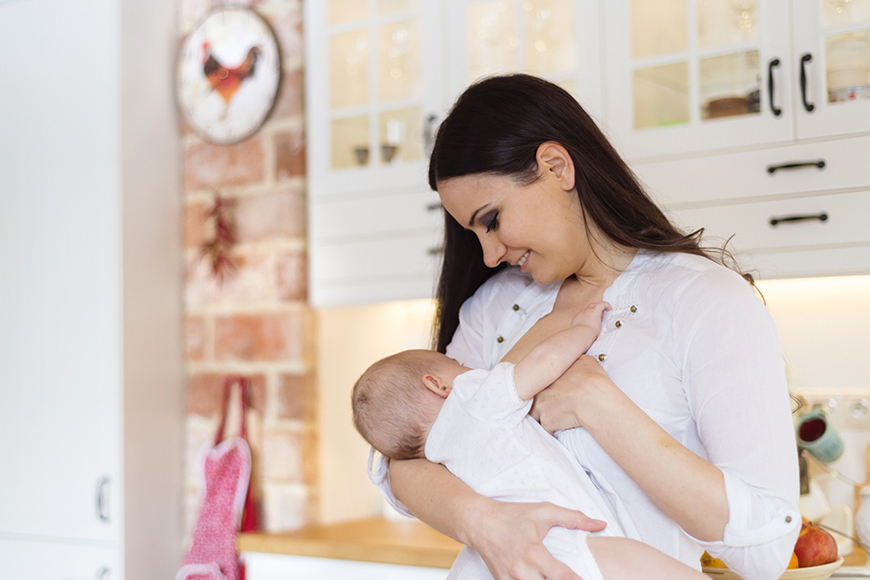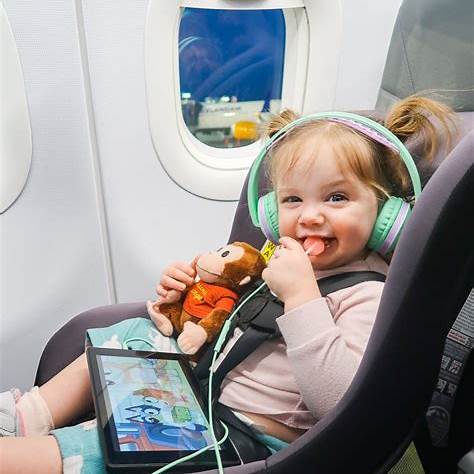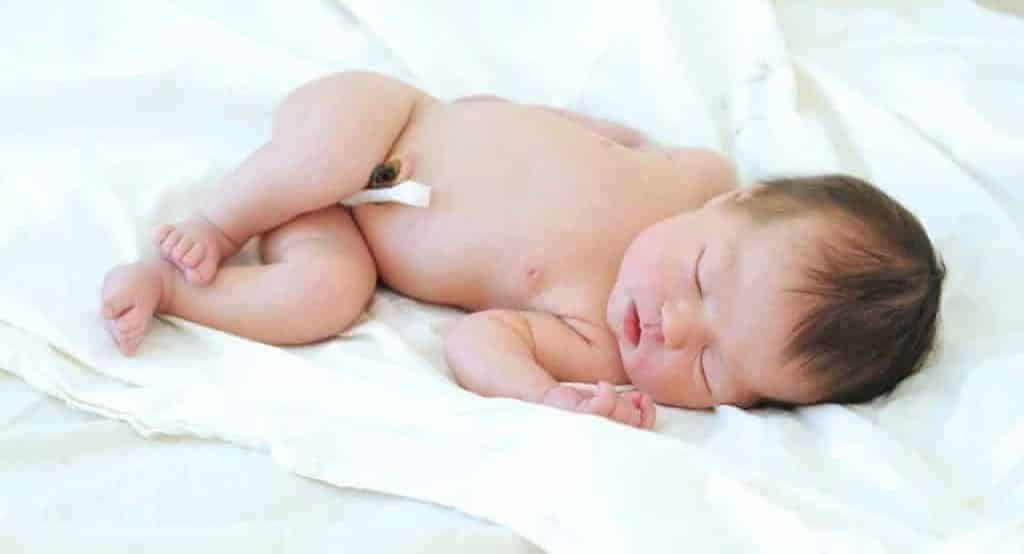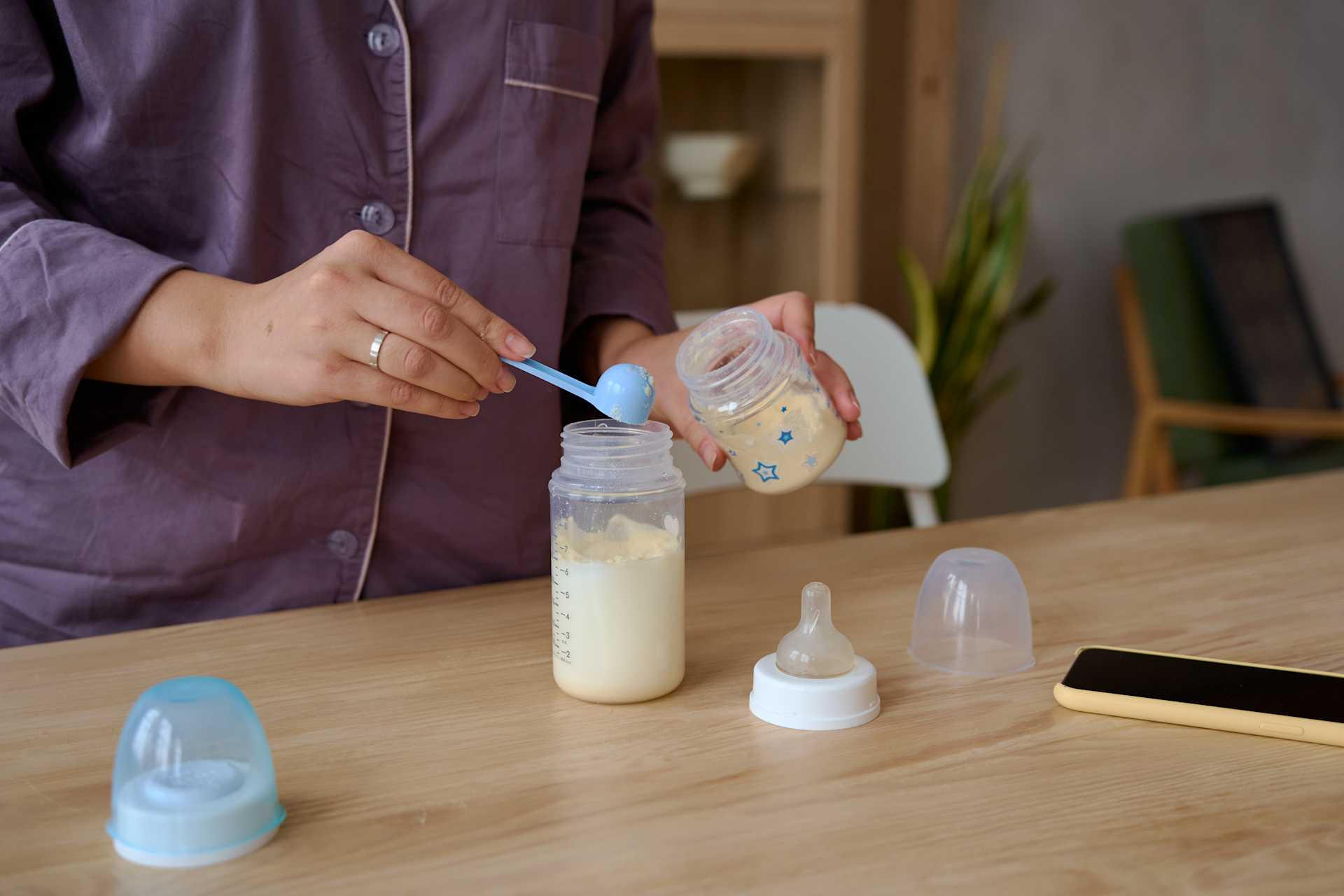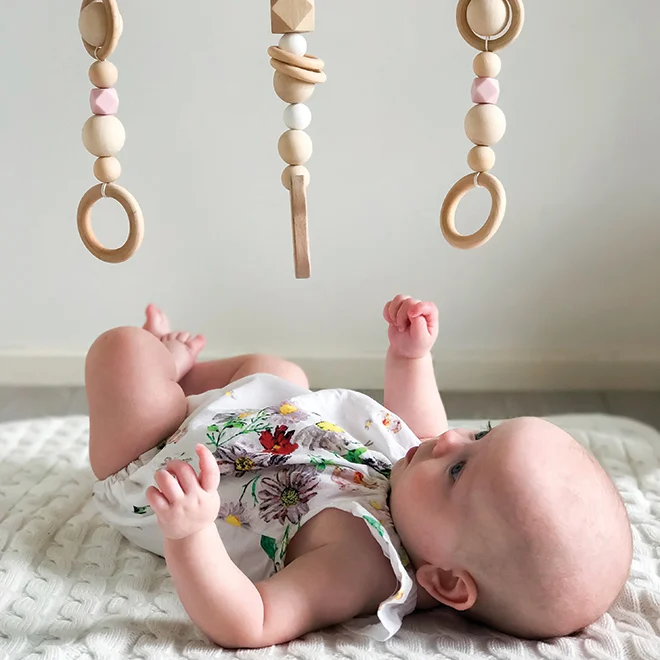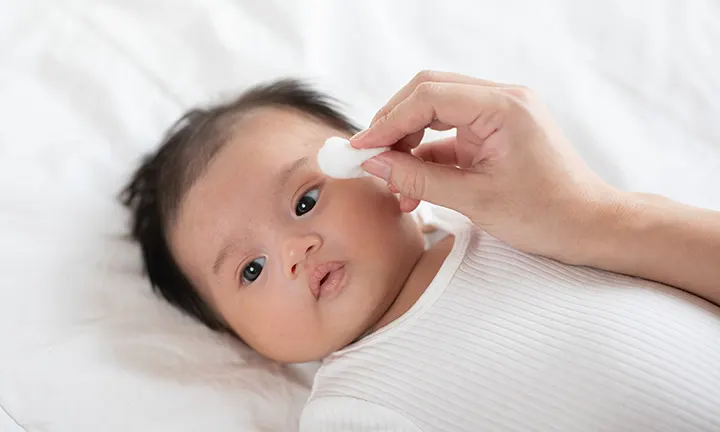Breastfeeding is a natural and beneficial way to nourish your baby, but it can come with challenges. This guide provides a comprehensive, step-by-step approach to help you breastfeed effectively and confidently.
- Prepare Yourself and Your Baby
Create a Comfortable Environment
- Choose a Quiet Space: Find a calm area where you can relax without distractions.
- Gather Essentials: Have a glass of water, a pillow for support, and any other items you might need within reach.
Positioning
- Skin-to-Skin Contact: Hold your baby close with their skin against yours. This promotes bonding and stimulates feeding instincts.
- Align Your Baby: Ensure your baby’s head and body are in a straight line, facing your breast.
- Achieve a Proper Latch
A good latch is crucial for effective breastfeeding and preventing discomfort.
Steps to Latch
- Position Your Baby: Hold your baby close, with their nose level to your nipple.
- Stimulate the Mouth: Gently touch your nipple to your baby’s upper lip to encourage them to open their mouth wide.
- Bring Baby to Breast: When the mouth is open wide, quickly bring your baby to your breast, aiming the nipple toward the roof of their mouth.
- Check the Latch: Your baby’s mouth should cover a large portion of the areola, not just the nipple. Their lips should be flanged outward, and you should hear or see swallowing.
Signs of a Good Latch
- Comfortable Feeding: No pain during nursing.
- Effective Sucking: Rhythmic sucking and swallowing sounds.
- Satisfied Baby: Baby releases the breast on their own and appears content.
- Explore Different Breastfeeding Positions
Finding a comfortable position can make breastfeeding more effective.
Common Positions
- Cradle Hold: Hold your baby in your arm, with their head resting in the crook of your elbow.
- Cross-Cradle Hold: Similar to the cradle hold, but you support your baby’s head with the opposite hand.
- Football Hold: Tuck your baby under your arm, supporting their head with your hand. Useful after a cesarean birth.
- Side-Lying Position: Lie on your side with your baby facing you. This is helpful for nighttime feedings.
- Laid-Back Position: Recline comfortably and place your baby on your chest. This allows your baby to find the breast naturally.
- Establish a Feeding Routine
Feed on Demand
Newborns typically feed 8–12 times in 24 hours. Watch for hunger cues such as rooting, sucking motions, or restlessness.
Duration
Allow your baby to feed until they release the breast on their own. Offer the second breast if your baby seems interested.
- Monitor Baby’s Intake
Signs Your Baby Is Getting Enough Milk
- Wet Diapers: At least 6 wet diapers per day after the first week.
- Weight Gain: Consistent weight gain after the initial loss in the first few days.
- Contentment: Baby seems satisfied after feedings.
- Address Common Breastfeeding Challenges
Sore Nipples
- Cause: Often due to improper latch.
- Solution: Ensure a correct latch, and apply purified lanolin or expressed breast milk to soothe.
Engorgement
- Cause: Breasts become overly full.
- Solution: Feed frequently, apply warm compresses before feeding, and cold compresses after.
Blocked Ducts
- Cause: Milk duct becomes clogged.
- Solution: Massage the area, apply warm compresses, and continue feeding or pumping.
Low Milk Supply
- Cause: Various factors, including infrequent feeding.
- Solution: Feed more often, ensure proper latch, and consult a lactation consultant if needed.
- Seek Support
Breastfeeding can be challenging, and seeking help is important.
- Lactation Consultants: Certified professionals who can provide personalized guidance.
- Support Groups: Connecting with other breastfeeding parents can offer encouragement and advice.
- Healthcare Providers: Consult your doctor or pediatrician with any concerns.
Conclusion
Breastfeeding is a learning process for both you and your baby. Patience, practice, and support are key to a successful breastfeeding journey.
